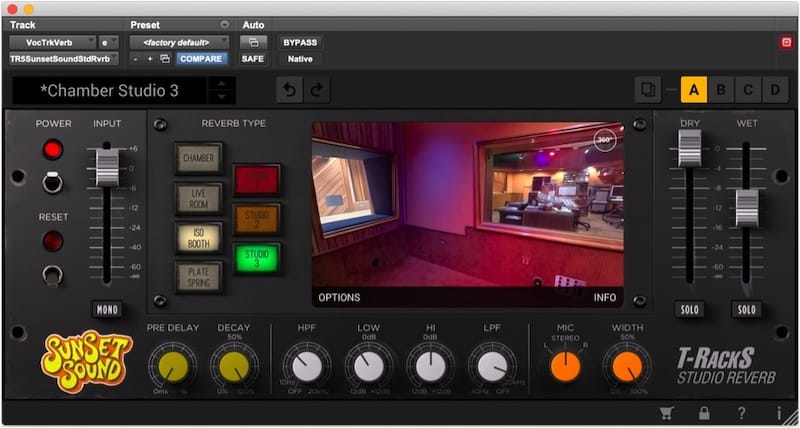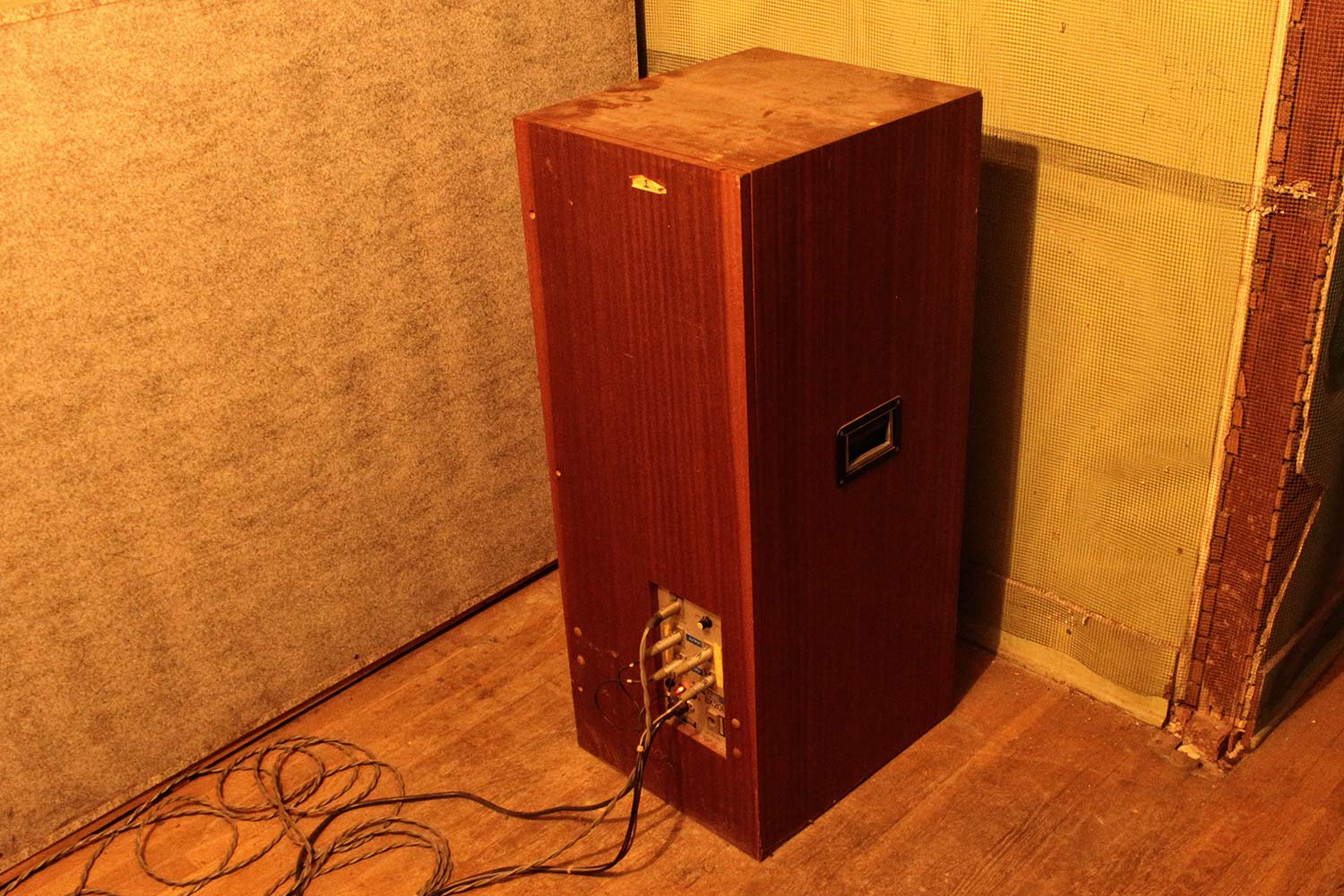
This means there is plenty of range for passing line level devices like synths and drum machines directly into Sunset without having to worry about overloading the unit. There is a discrete analogue side to this pedal, however, in the form of a class-A JFET circuit that gives a wide range of headroom (up to 20dB of analogue gain) before being processed by the DSP. The engine is a powerful SHARC DSP chip which, according to the Sunset's manual, provides an impressive-sounding 1585 megaflops to process 24-bit 96kHz audio.

Like all of Strymon's other pedals, the core of the Sunset's signal processing is digital.

Despite coming with the same limitations, I wanted to try one out to find out how it would fare in an electronic musician's rig. However, in March Strymon announced the Sunset, a dual overdrive pedal with the same guitar-oriented form factor. With mono processing and no MIDI control, my initial reaction was to dismiss it and move on, hoping that they would release a more capable big brother version like they did with the blueSky and BigSky reverb units. Then last year Strymon released the Riverside, a multistage drive pedal. Having been quite impressed with what the TimeLine could do, I emailed the company asking if they had ever considered making a distortion/overdrive unit in the same vein. This was in part due to the features they built into some of their pedals: stereo audio processing, MIDI control and the ability to handle line level signals without re-amping hardware. At that point the company was a relative newcomer to the effect pedal scene but they quickly built a reputation for making innovative products that catered to more than just guitarists.

It's hard to believe it's been six years since I reviewed the TimeLine, a powerful stereo delay pedal made by Strymon.


 0 kommentar(er)
0 kommentar(er)
